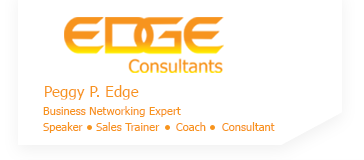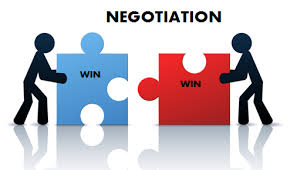Negotiation: How to Prepare to Ask for a Raise.
When was the last time that you negotiated a raise or promotion? Do you get a little weak in the knees at the thought of asking your boss for a raise?
Recently a friend of mine was lamenting to me that she needed to get a part-time job to supplement her income because she had not received a raise in over 3 years. She explained that she had been instrumental in getting a raise for 15 of her employees but not one for herself.
I said, “Well, we need to change that.”
As we worked together over several weeks, we came up with a firm plan for her to get in front of her boss and boldly ask for that long overdue raise.
Here are a few negotiating pointers that you can use to ask for your next raise:
- Research the salary range of your current position in the area of which you live. Go to: www.salary.com for reliable information.
- Decide exactly what dollar figure raise that you expect to receive.
- If your company traditionally only grants a percentage cost-of-living raise, you must decide if this is reasonable based upon your research.
- Update your resume and LinkedIn profile to include:
- Continuing education classes – those for credit or industry/expertise education.
- Include any certifications that you hold.
- If you are working on a degree or certification, list that with the expected completion date.
- Projects of which you have been involved.
- Committees that you have participated.
- Include all of your external business accomplishments – civic, networking, education, etc.
- Have you been awarded industry honors? Include those.
- What new skills have you learned or attained since your last evaluation?
- Include any publications, including White Papers you have produced, even if you are the co-author.
- Are you a volunteer with any community or civic organizations. Include these under Community Service, especially if you hold or have held a position as the leadership team.
- Continuing education classes – those for credit or industry/expertise education.
- Make a list of all of your accomplishments since the last time you received a raise or had your an annual evaluation.
- Don’t forget to include industry and community accolades of which you have been honored.
- How many people do you supervise?
- Have you been instrumental in creating work improvements objectives for your department and/or for the entire company?
- Make a list of proposed updates, changes or work initiatives that you have determined you can generate.
- For every recommendation, write a justification to match.
- If you have a coach or close friend, use them as a sounding board to role-play with them to work through all of your proposals.
- If you have worked for your boss for over a year, you should be accustomed to what his/her response will be.
- Think through the possible responses that you will get based upon his/her reactions and be prepared to defend your points.
- List key skill-sets that you have expertise including:
- team leadership.
- upper management skills.
- computer expertise – list programs that you are particularly adept.
- Above all, never go into an annual review without being armed with your written list of what you have accomplished and how you plan to be instrumental in growing the organization in the coming year.
After coaching my friend though these tips, she not only received a raise but also was promoted to Vice President of the company!
You too can be successful in negotiating a raise and/or promotion. Just remember, everything is negotiable. Be bold and be prepared to receive a “Yes” answer!
Peggy P. Edge (c) 2017
Peggy is a Certified Professional Coach who works with individuals to set career goals and objectives. Her focus is to guide her clients to a win-win.



